AI is transforming university teaching, but are we ready for it?
University instructors, leaders, and staff should all be involved in the AI discussion

I recently attended a two-day event on AI and higher education in Canada, AI-Cademy: Canada Summit for Post-Secondary Education, with the goal of learning how others in our sector are engaging with technological change. In this column, I summarize my personal key learnings and share questions that I continue to ponder. I should note that I write about agentic AI (not simply Gen-AI), as AI that acts independently will also be part of higher education’s AI future.
AI and higher education: things I learned
Instructor workloads: There is tremendous potential for AI to help reduce instructor workloads. At the event, I saw a demonstration of an AI tool that took an uploaded article and created multiple choice questions in less than a minute. AI can be used to quickly generate elements of course design (learning outcomes, assignment structures, rubrics), lesson planning (lecture slides, case studies, learning activities) and ancillary materials (videos, images, podcasts).
It is important to stress the role of the instructor, who must review and, if necessary, revise all Al-generated content. As someone who has spent far too much time labouring over the framing of multiple choice questions and creating just the right slides, I see tremendous potential for saving time. Some of this I was aware of before (see: how Gen-AI can support teaching,with Erin Aspenlieder). But after learning it is possible to have a “syllabot” answer queries about the syllabus, I truly became excited.
Skill development changes: I learned more about how the changing nature of work and society will transform the skills our students need for success. The ability to formulate and define problems – critical thinking skills universities pride themselves on developing – become more important in an Al environment.
At the same time, there will be de-skilling as students are no longer required to use and refine certain skills. This is where we need to be thoughtful and careful. My past abilities to use a microfiche or card catalogue (once necessary for university students) have long fallen into disuse, and despite what my students may think I’m not old enough to have learned how to use an abacus.
De-skilling is a normal part of technological evolution. But there are some skills that we need to be mindful to actively protect. At the top of this list is writing. The writing process is important not only for the end product, but for how it allows the writer to uncover, evolve and refine their own thinking. As educators, it is important to be proactive in identifying ways to preserve “writing as thinking”. There are undoubtedly many other skills developed in higher education that we will want to protect from AI replacement.
Potential for collaboration: There are tremendous opportunities for universities to learn together. Universities in Canada are facing significant financial pressures. They all face the same challenges with adapting to the new AI context. There is considerable likelihood of unnecessary duplication across the sector as universities work to create protocols, policies and platforms. No one has the answers yet. This could be an opportunity for sector collaboration, be it within provinces, across institutions of similar sizes, or any other configuration.
AI and higher education: things I question
Faculty engagement: AI is going to reshape society and the nature of work. This, in turn, is going to challenge universities to respond or be left behind. Are faculty going to be leaders – or, barring that, engaged participants – in determining how AI shapes the future of higher education? Or will they leave this to those outside the sector? This question concerns me, as I fear we risk creating unsatisfactory AI tools and a rise of outright competitors.
There will be no shortage of vendors developing AI products to support higher education. I worry many of these tools will rely on American training data and assume American instructors and students. How might Canadian faculty and universities work with vendors to ensure that Canadian needs, perspectives, and cultural values are informing the AI products we (or our institutions) purchase?
There will also be no shortage of vendors developing products to support potential students in circumventing higher education entirely. Ideally, Canadian universities will be able to move quickly to provide compelling alternatives for students. Here, too, faculty engagement is critical. While academic leadership and teaching and learning centres will have important roles to play, faculty leadership in curriculum design is critical.
Opportunities for liberal education: AI is already changing how we teach, be it through the integration of AI into our classrooms and assessments or the banning of AI use and returning to in-person assessments. But will it also change what we teach?
As AI advances, there may be more societal and student demand for human skills (such as intercultural skills, teamwork skills and effective listening skills), for deep understanding of ethics and justice, and for multidisciplinary thinking. If this occurs, will AI create opportunities for the traditional liberal arts (humanities and social sciences), or interdisciplinary programs that include them?
Broadening beyond the social sciences and humanities to include the STEM disciplines, could AI-related economic and societal changes create more student interest in liberal education programs rather than (or prior to) professional education programs? According to the Association of American Colleges and Universities, liberal education is “[a]n approach to learning that empowers individuals and prepares them to deal with complexity, diversity, and change” that “provides students with broad knowledge of the wider world (e.g., science, culture, and society) as well as in-depth study in a specific area of interest. It helps students develop a sense of social responsibility, as well as strong and transferable intellectual and practical skills such as communication, analytical and problem-solving skills, and a demonstrated ability to apply knowledge and skills in real-world settings.” For faculty who have concerns about a careerist approach to higher education, this would be a welcome development.
Human connection: I heard regularly about students’ continuing desire for human connection. This buoys me and rings true with my own experience: I don’t want to speak to a bot or automated system; I want to deal with a human. The importance of human connection and relationships to higher education means that there are, thankfully, limits on what university roles are likely to be replaced by AI. The question is, how can we use AI to support the instructors, advisors, and mentors who are in turn supporting students? How can AI, for example, free up academic advisors’ time so that they have greater availability to meet individually with students?
AI and higher education: a call to action
There are a lot of opportunities, challenges and questions that higher education will need to grapple with as AI becomes more integrated in our economy and society. It is important that we engage in these conversations as a sector. I encourage all of us, regardless of academic position (instructors, leaders, staff) and AI mindset (enthusiast, curious, skeptic), to be part of the conversation.
Continuing the Skills Agenda conversation
How do you feel AI will impact higher education? I would love to hear your thoughts in the comments below.
I look forward to hearing from you. Until next time, stay well, my colleagues.
Featured Jobs
- Canada Excellence Research Chair in Computational Social Science, AI, and Democracy (Associate or Full Professor)McGill University
- Business – Lecturer or Assistant Professor, 2-year term (Strategic Management) McMaster University
- Education - (2) Assistant or Associate Professors, Teaching Scholars (Educational Leadership)Western University
- Veterinary Medicine - Faculty Position (Large Animal Internal Medicine) University of Saskatchewan
- Psychology - Assistant Professor (Speech-Language Pathology)University of Victoria




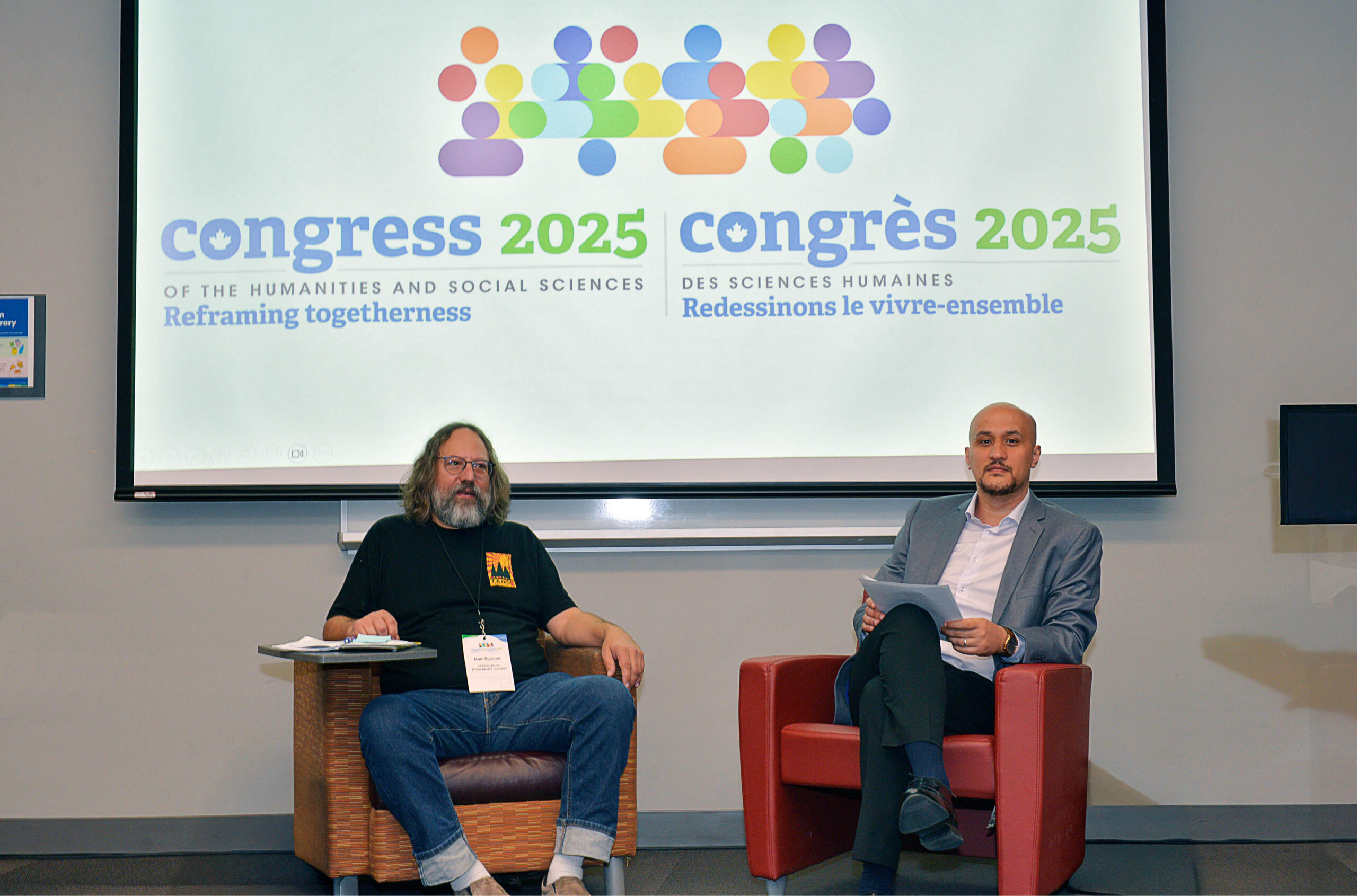

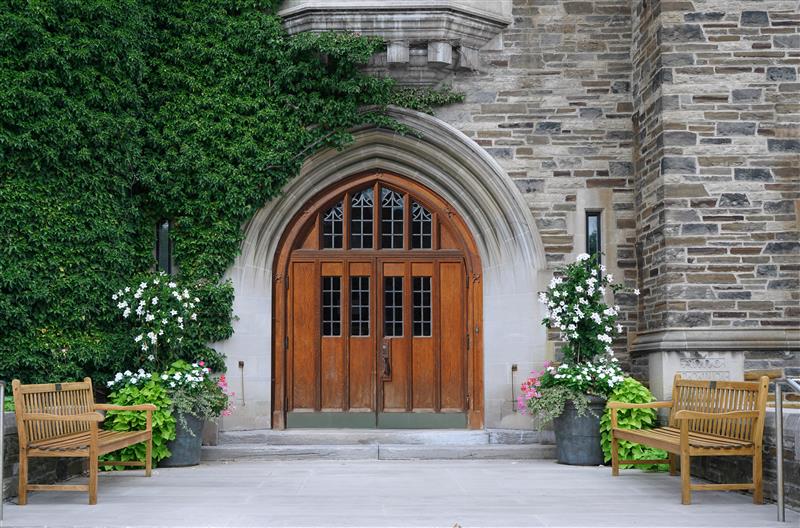

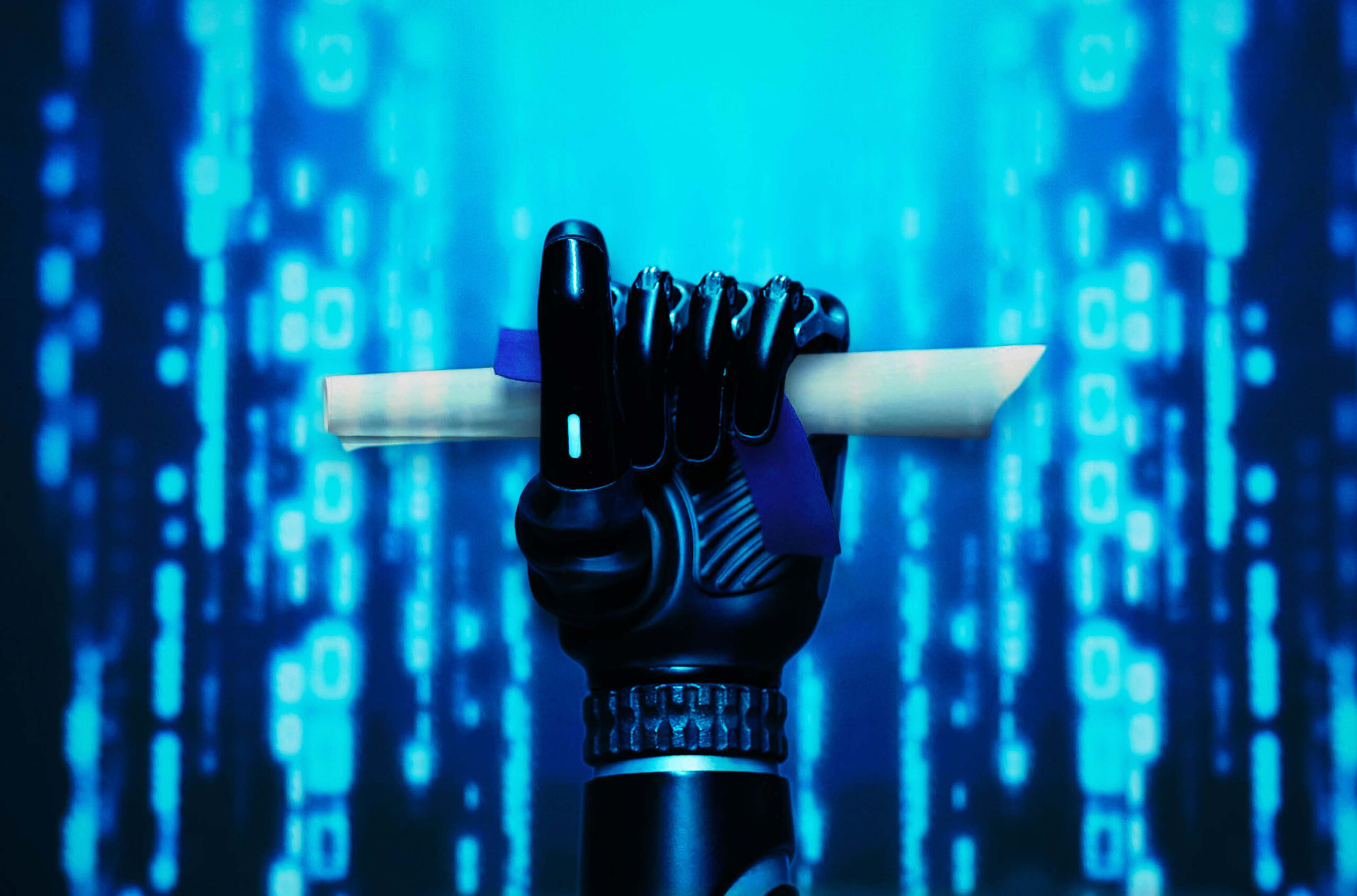
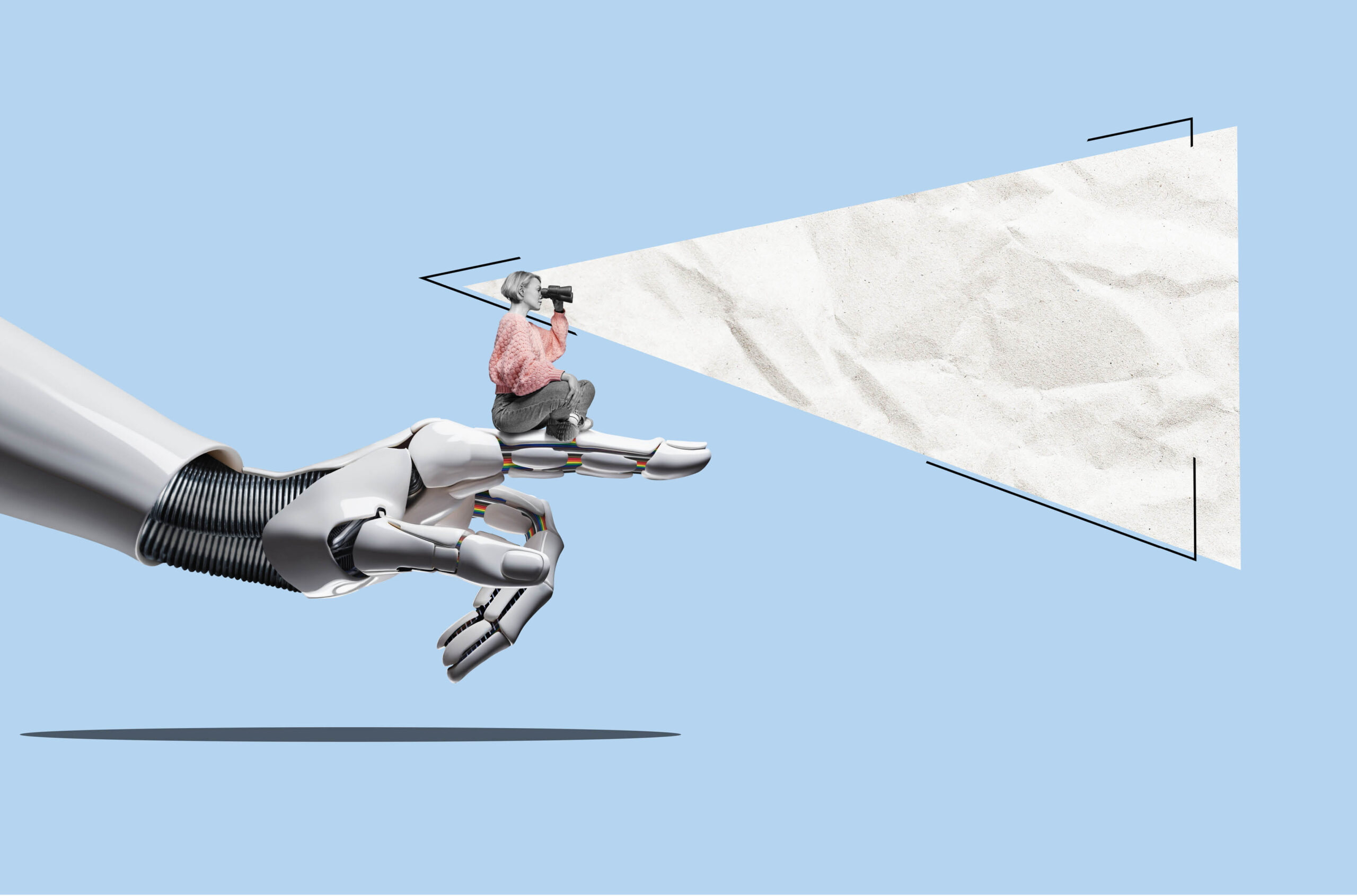
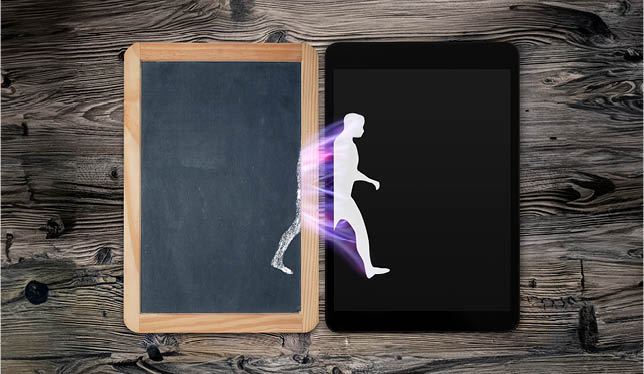
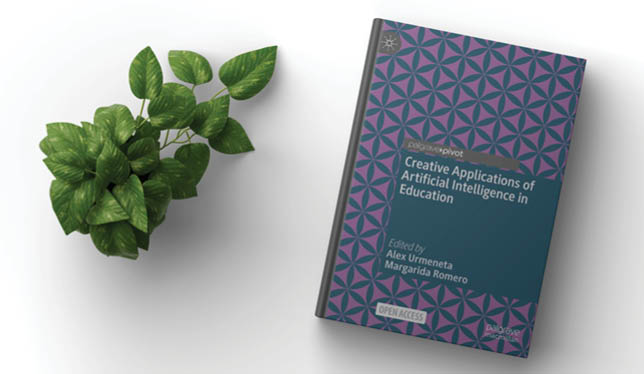
Post a comment
University Affairs moderates all comments according to the following guidelines. If approved, comments generally appear within one business day. We may republish particularly insightful remarks in our print edition or elsewhere.
2 Comments
We specifically discussed the subject today in our departmental assembly. It would seem that we too have techno enthusiasts and techno critics. Here are a few references from both “battlefields”:
Recent scholarly work discussing defenses of AI in humanities and social sciences.
For:
1. Boden, M. A. (2021). “AI: Its Nature and Future.”
2. Floridi, L. (2020). “AI and Its Ethical Implications in Humanities.” Journal of Ethics in AI, 35(2), 101-120.
3. Boucher, P. (2019). “How Artificial Intelligence is Changing Research Methodologies in Social Sciences.” European Parliamentary Research Service.
4. Coeckelbergh, M. (2022). “AI and the Humanities: Beyond Fears of Automation.” AI & Society, 37(1), 15-32.
5. Vincent, N. A. (2018). “Artificial Intelligence and the Future of Humanistic Inquiry.” Philosophy & Technology, 31(3), 275-290.
6. Ekbia, H., & Nardi, B. (2019). “Humanistic AI: Reframing the Debate.” Digital Humanities Quarterly, 13(2).
7. Gunkel, D. J. (2021). “The Machine Question: AI and the Humanities.” Journal of AI & Society, 36(4), 519-537.
Against:
1. Zuboff, S. (2019). The Age of Surveillance Capitalism.
2. Bender, E. M., Gebru, T., McMillan-Major, A., & Shmitchell, S. (2021). “On the Dangers of Stochastic Parrots.”
3. Fitzpatrick, K. (2021). Generous Thinking: A Radical Approach to Saving the University.
4. Noble, S. U. (2018). Algorithms of Oppression: How Search Engines Reinforce Racism.
5. Whittaker, M. (2021). “AI and the Limits of Human Knowledge.”
One of the challenges with AI is human nature. From my experience, students who fail their midterms feel the pressure (personal and financial) to pass a course. Instead of engaging in the hard work required for an essay (reading, writing, and critical thinking), they cheat the process and let AI write the paper for them. These attempts are still easy to spot, but as AI programs become more and more sophisticated, this will become a serious concern.